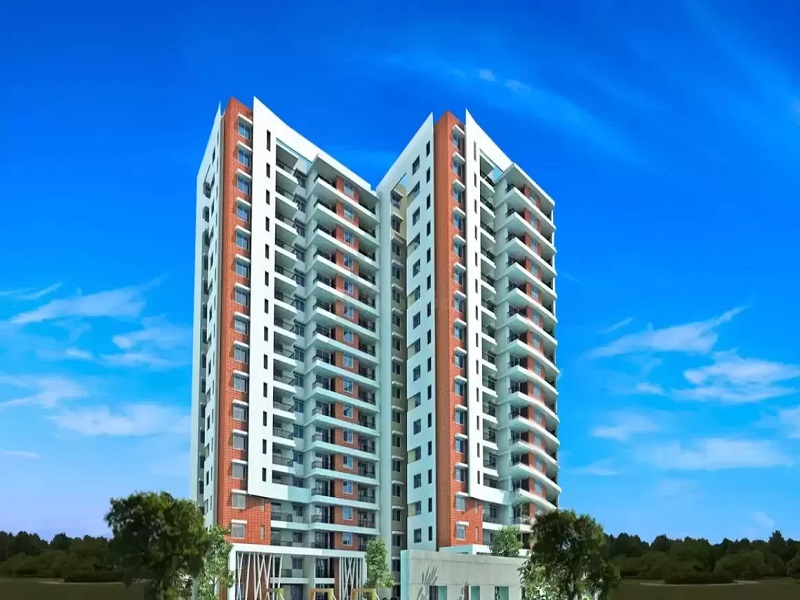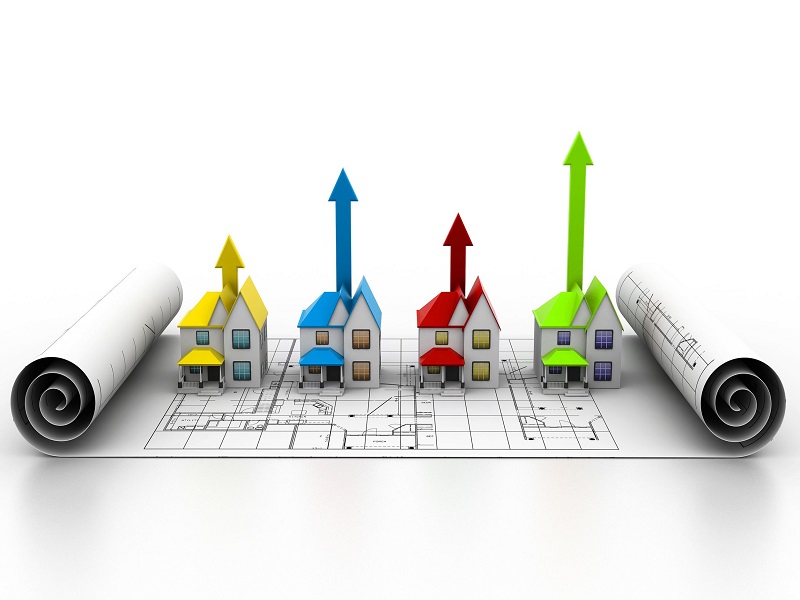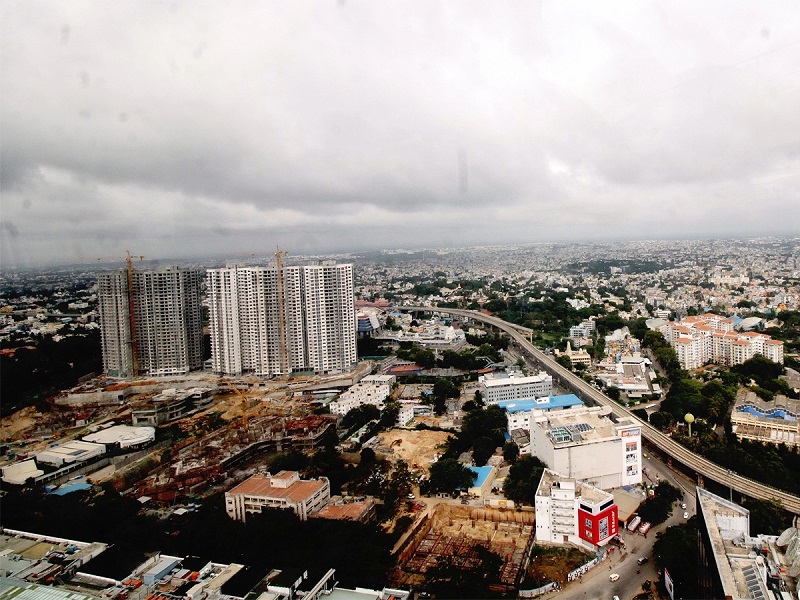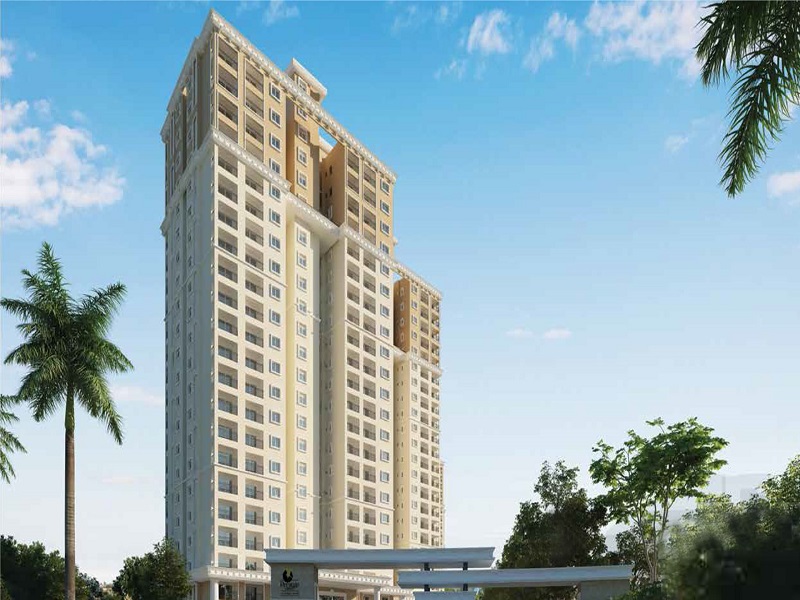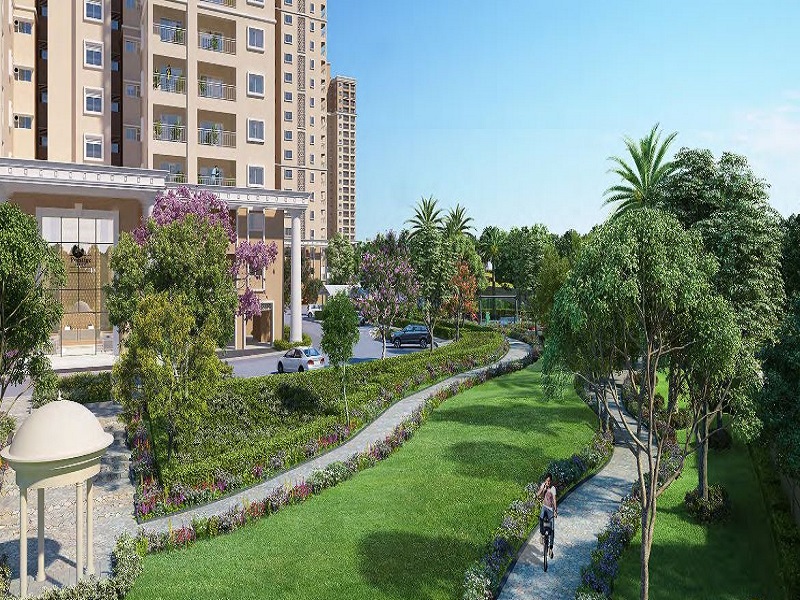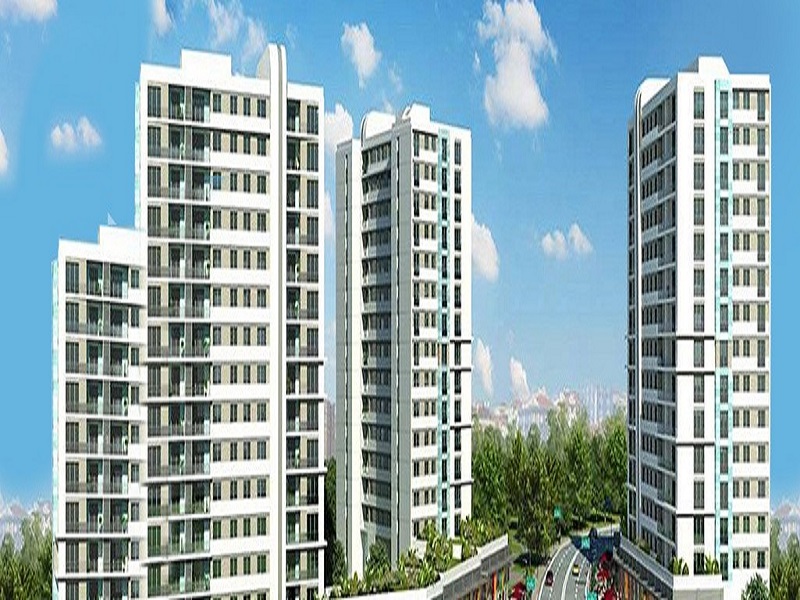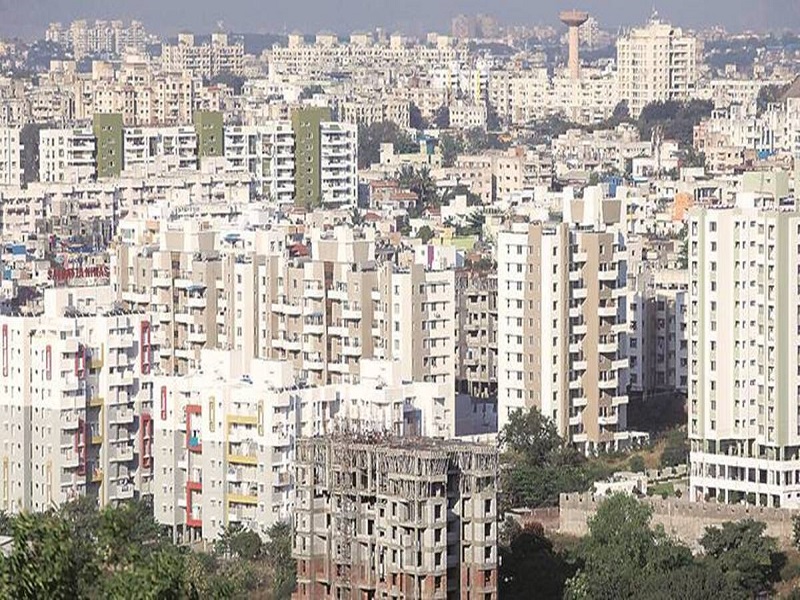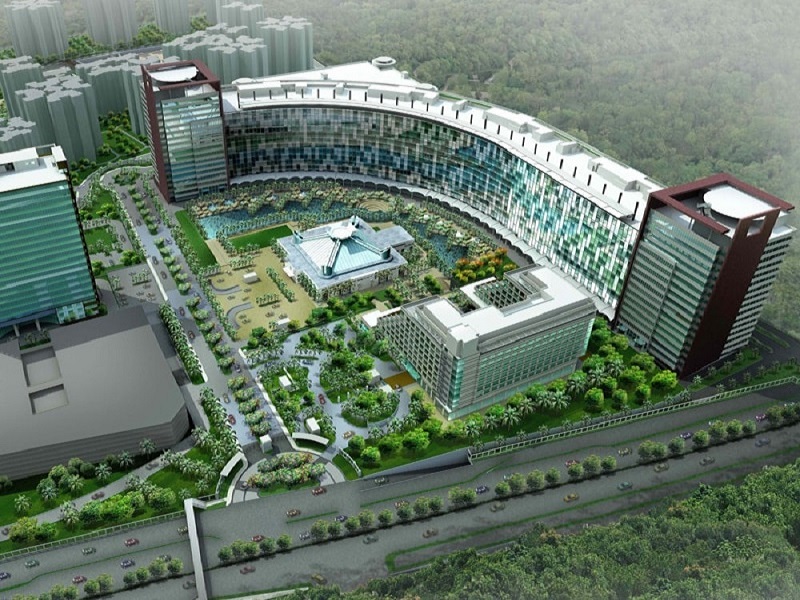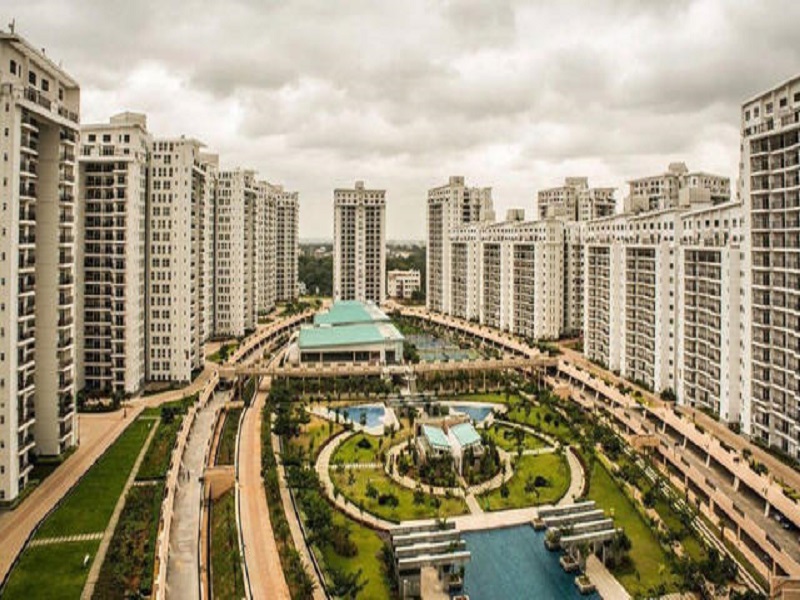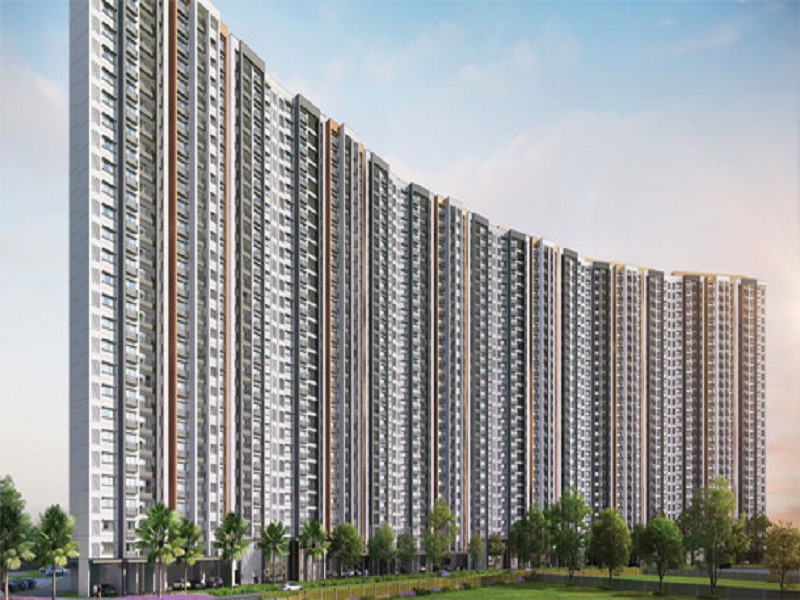What is FSI-FAR?
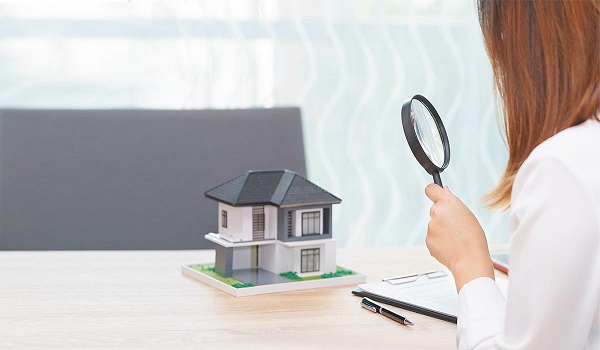
The terms Floor Area Ratio (FAR) and Floor Space Index (FSI) have the same meanings. The two values are expressed differently, though. While the FAR value is expressed through decimals, the FSI is expressed as a percentage value.
The FSI differs from one city to the next. It may even vary within a single location from one area to another. Depending on the number of floors in the building, the FSI might change even within the same area. FSI is decided by the zone of the city, the building type, and other factors.
Before beginning any project, builders have to submit details of the planned building to the appropriate zone for approval. They must specify if the building is going to be a residential or commercial project. They must also submit many other details. These include the building’s height and structure, the size of the plot, etc.
The location is the main factor that directly affects the FSI. The FSI is higher in areas with metros, such as cities. The greater value is because there is less available space for building. In rural areas, because of the large amount of land that is available for construction, FSI may be low.
Some municipal authorities fix higher FSIs depending on the size of the land. Different factors will play a role in this calculation. The FSI will increase depending on the width of the road next to the plot. The FSI can be calculated using a simple equation. It uses the total built-up area and the area of the plot.
Floor Space Index (FSI)
The FSI is the maximum area that can be built on a piece of land. It is the proportion of the total area of the floors to the plot area and is calculated based on two factors:
- The plot area
- The floor area
Formula for FSI
Floor Area Ratio (FAR) and Floor Space Index (FSI) are calculated on the total area of the floors and land. These are calculated as follows:
Floor Area Ratio = The total area of all the floors in a building/Area of the plot
Floor Space Index = The total area of all the floors in a building/Area of the plot x 100.
The entire plot can be used if the FAR is less than 1. If the value is less than 1, it means that the plot has undeveloped land. If the FAR number is more than 1, it indicates that the plot has multiple floors.
Calculation of FSI
To construct a 2000-square-foot building on a 1000-square-foot plot, then by the above formula, the FAR is 2000/1000. The FAR is 2. If the FAR value is 2, it means in FSI, the value is 200%.
It is now possible to build 2000 square feet on a plot of land of 1000 square feet. The municipal authorities take into account many factors. These include how wide the road is when they are calculating the FSI of a certain area.
FSI Importance
The value of land in an area is impacted by the FSI value. The value determines how much land can be used for building and if the structure can have multiple floors. The FSI value changes from location to location. It depends on the number of floors in each building. It is not constant across all locations and all buildings.
FSI being in place means that there is uniform planning and development in the cities. It makes sure that all construction is disciplined, be it commercial or housing. They have to meet their timelines. It specifies which zones can be used for construction and which zones are open areas. There is no unauthorized building that can happen in these areas.
Affordability is also in the picture here. A higher FSI allows builders to build and sell more. It is useful in areas where housing for everyone is needed. A lower FSI means that less area of the plot will be developed. If the structure is constructed in keeping with the FSI, the builder is not subject to inquiries regarding NOCs.
What is Premium Floor Space Index?
When the local FSI is low, and the builder wants to raise the limit, premium FSI enters the picture. Local authorities charge an additional fee to raise the limit from the permitted FSI. The fee is known as the premium FSI fund. Premium FSI is applicable only when the road adjacent to the land is at least 30 feet wide.
It is possible to get a 20% premium FSI if the plot is near a road that is 30 to 40 feet. It is possible to construct 20% more than the FSI permitted. A 30% premium FSI can be availed if the road is 40 to 60 feet. For plots adjacent to roads over 60 feet wide, it is 40%.
Premium FSI According to Road Width
- 30-40 feet - 20%
- 40-60 feet - 30%
- More than 60 feet - 40%
Calculation of Premium FSI
You can construct 4000 square feet on a 2000 square-foot piece of land with an FSI/FAR of 2. If this property is close to a road that is 50 feet wide, you can get a 30% premium FSI. An additional 1200 square feet can then be built here. The plot can now have buildings up to 5200 square feet.
If a 1000-square-foot plot of land has a 70-foot road and an FSI/FAR of 1.5, you can construct a 1500-square-foot structure on it. It is possible to avail of a premium FSI of 40%. Another 600 square feet can be built on the land area. Up to 2100 square feet can be built on a 1000 square feet plot.
FSI/FAR for Bangalore
There are three categories of areas in the city of Bangalore. There are intensely, moderately, and sparsely developed areas. The FSI/FAR is from 1.75 to 3.35, and the value depends on the category of the area. The size of plots and the width of roads also determine the value of FSI/FAR.
Prestige Group new prelaunch apartment Prestige Park Grove.
| Call | Enquiry |

